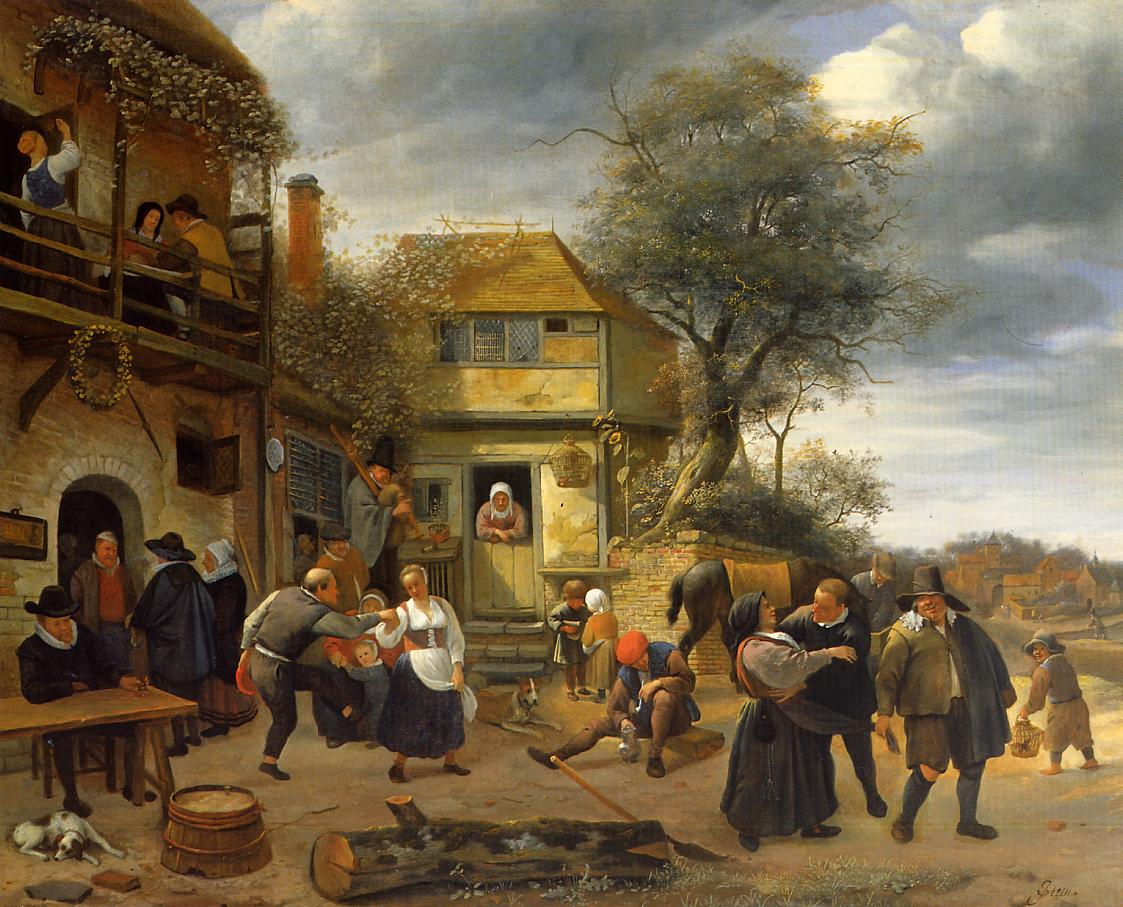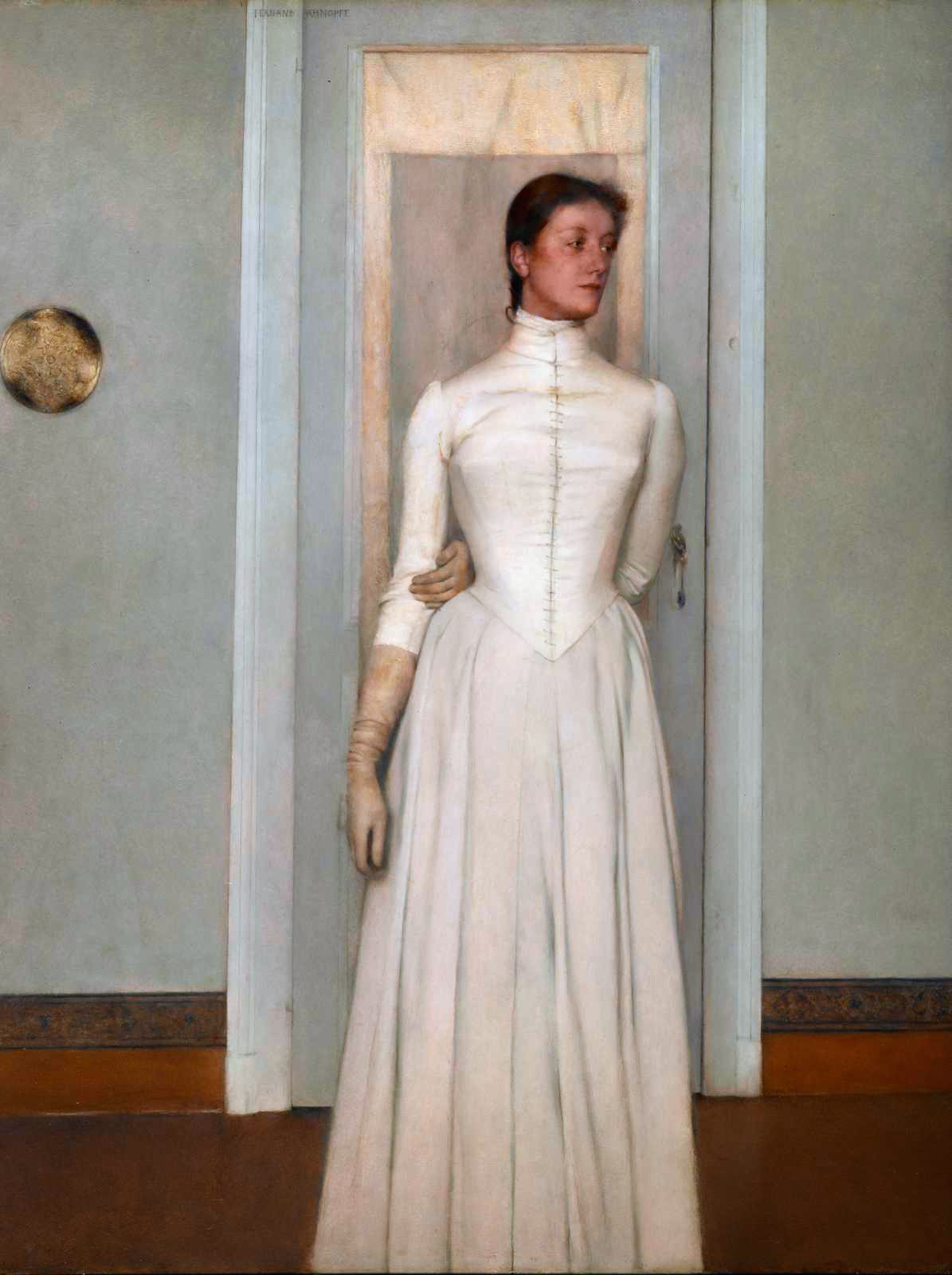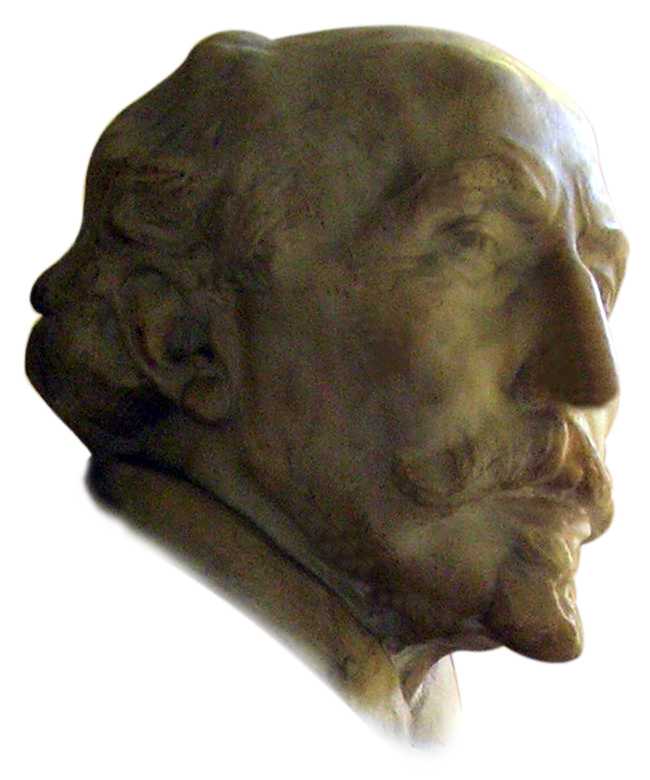|
Émile Verhaeren
Émile Adolphe Gustave Verhaeren (; 21 May 1855 – 27 November 1916) was a Belgian poet and art critic who wrote in the French language. He was one of the founders of the school of Symbolism and was nominated for the Nobel Prize in Literature on six occasions. Early life Émile Verhaeren was born into a middle-class family in Sint-Amands, a rural commune in Belgium's Province of Antwerp. In addition to the local Dutch dialect, he adopted French as his language of culture, as was common for Belgian elites at the time. At the age of eleven, he was sent to a strict boarding school in Ghent run by Jesuits, the Jesuit College of Sainte Barbe, where he formed a friendship with Georges Rodenbach. He then studied law at the University of Leuven, where he produced his first literary efforts in a student paper, ''La Semaine'' (''The Week''), which he edited in conjunction with the opera singer Ernest van Dyck. ''La Semaine'' was suppressed by the authorities, as was its successor, ... [...More Info...] [...Related Items...] OR: [Wikipedia] [Google] [Baidu] |
Théo Van Rysselberghe
Théophile "Théo" van Rysselberghe (23 November 1862 – 13 December 1926) was a Belgian neo-impressionist painter, who played a pivotal role in the European art scene at the turn of the twentieth century. Biography Early years Born in Ghent to a French-speaking bourgeois family, he studied first at the Academy of Ghent under Theo Canneel and from 1879 at the Académie Royale des Beaux-Arts in Brussels under the directorship of Jean-François Portaels. The North African paintings of Portaels had started an orientalist fashion in Belgium. Their impact would strongly influence the young Théo van Rysselberghe. Between 1882 and 1888 he made three trips to Morocco, staying there in total a year and a half. Age only eighteen, he had already participated at the Salon of Ghent, showing two portraits. Soon afterwards followed his ''Self-portrait with pipe'' (1880), painted in somber colours in the Belgian realistic tradition of the times. His ''Child in an open spot of the for ... [...More Info...] [...Related Items...] OR: [Wikipedia] [Google] [Baidu] |
Max Waller (writer)
Léopold Nicolas Maurice Édouard Warlomont (24 February 1860, Brussels - 6 March 1889, Saint-Gilles), was a Belgian poet, critic, novelist, and playwright, best known under his pen name, Max Waller. He was one of the founders of the literary review ''La Jeune Belgique ''La Jeune Belgique'' (meaning ''The Young Belgium'' in English) was a Belgian literary society and movement that published a French-language literary review ''La Jeune Belgique'' between 1880 and 1897. Both the society and magazine were founded b ...'' in 1881. At the beginning of his career he published under several ''noms de plumes'': ''Olivier'', ''Peter Corneille'', ''Jacques'' (in the literary journal ''La Nation''), ''Rimaille'' and ''Siebel'', before adopting the pseudonym ''Max Waller''. References Sources * Paul André, ''Max Waller et La Jeune Belgique'', Bruxelles, Le Thyrse/Librairie Vanderlinden, 1905, 155 p. External links * * {{DEFAULTSORT:Waller, Max 1860 births 1889 deaths Belgian male ... [...More Info...] [...Related Items...] OR: [Wikipedia] [Google] [Baidu] |
Jan Steen
Jan Havickszoon Steen (c. 1626 – buried 3 February 1679) was a Dutch Golden Age painter, one of the leading genre painters of the 17th century. His works are known for their psychological insight, sense of humour and abundance of colour. Life Steen was born in Leiden, a town in Southern Holland, where his well-to-do, Catholic family were brewers who ran the tavern ''The Red Halbert'' for two generations. Steen's father even leased him a brewery of his own in Delft from the years 1654 until 1657. He was the eldest of eight or more children. Like his even more famous contemporary Rembrandt van Rijn, Jan Steen attended the Latin school and became a student in Leiden. Though no official records of Steen's artistic training are preserved, contemporary sources tell us he received his painterly education from three men, Nicolaes Knupfer (1603–1660), a German painter of historical and figurative scenes in Utrecht, Adriaen van Ostade, and Jan van Goyen, who would later become ... [...More Info...] [...Related Items...] OR: [Wikipedia] [Google] [Baidu] |
David Teniers The Elder
David Teniers the Elder (158229 July 1649), Flemish painter, was born at Antwerp. Biography Having received his first training in the painter's art from his brother Juliaen, he studied under Rubens in Antwerp, and subsequently under Elsheimer in Rome; he became a member of the Antwerp guild of painters in 1606. Though his ambition led him at times to try his skill in large religious, historical and mythological compositions, his claim to fame depends chiefly on his landscapes and paintings of peasants carousing, of kermesse scenes and the like, which are marked by a healthy sense of humour, and which are not infrequently confused with the early works of his son David. There is a large painting by the elder Teniers at St. Paul's church in Antwerp, representing the ''Works of Charity''. At the Vienna Gallery are four landscapes painted by Teniers under the influence of Elsheimer, and four small mythological subjects, among them ''Vertumnus and Pomona'', and ''Juno, Jupit ... [...More Info...] [...Related Items...] OR: [Wikipedia] [Google] [Baidu] |
Jacob Jordaens
Jacob (Jacques) Jordaens (19 May 1593 – 18 October 1678) was a Flemish painter, draughtsman and tapestry designer known for his history paintings, genre scenes and portraits. After Peter Paul Rubens and Anthony van Dyck, he was the leading Flemish Baroque painter of his day. Unlike those contemporaries he never travelled abroad to study Italian painting, and his career is marked by an indifference to their intellectual and courtly aspirations.d'Hulst, pp. 23 In fact, except for a few short trips to locations elsewhere in the Low Countries, he remained in Antwerp his entire life. As well as being a successful painter, he was a prominent designer of tapestries.d'Hulst, pp. 24–25. Like Rubens, Jordaens painted altarpieces, mythological, and allegorical scenes, and after 1640—the year Rubens died—he was the most important painter in Antwerp for large-scale commissions and the status of his patrons increased in general.d'Hulst, p. 26–27. However, he is best known today for ... [...More Info...] [...Related Items...] OR: [Wikipedia] [Google] [Baidu] |
Fernand Khnopff
Fernand Edmond Jean Marie Khnopff (12 September 1858 – 12 November 1921) was a Belgian symbolist painter. Life Youth and training Fernand Khnopff was born to a wealthy family that was part of the high bourgeoisie for generations. Khnopff's ancestors had lived in the Vossenhoek area of Grembergen Flanders Flanders (, ; Dutch: ''Vlaanderen'' ) is the Flemish-speaking northern portion of Belgium and one of the communities, regions and language areas of Belgium. However, there are several overlapping definitions, including ones related to culture, ... since the early 17th century but were of Austrian and Portuguese people, Portuguese descent. Most male members of his family had been lawyers or judges, and young Fernand was destined for a juridical career. In his early childhood (1859–1864), he lived in Bruges where his father was appointed Substitut Du Procureur Du Roi. His childhood memories of the medieval city of Bruges would play a significant role in his later wo ... [...More Info...] [...Related Items...] OR: [Wikipedia] [Google] [Baidu] |
James Ensor
James Sidney Edouard, Baron Ensor (13 April 1860 – 19 November 1949) was a Belgian painter and printmaker, an important influence on expressionism and surrealism who lived in Ostend for most of his life. He was associated with the artistic group Les XX. Biography Ensor's father, James Frederic Ensor, born in Brussels to English parents, was a cultivated man who studied engineering in England and Germany. Ensor's mother, Maria Catherina Haegheman, was Belgian. Ensor himself lacked interest in academic study and left school at the age of fifteen to begin his artistic training with two local painters. From 1877 to 1880, he attended the Académie Royale des Beaux-Arts in Brussels, where one of his fellow students was Fernand Khnopff. Ensor first exhibited his work in 1881. From 1880 until 1917, he had his studio in the attic of his parents' house. His travels were very few: three brief trips to France and two to the Netherlands in the 1880s, and a four-day trip to London in 1892 ... [...More Info...] [...Related Items...] OR: [Wikipedia] [Google] [Baidu] |
L'Art Moderne
''L'Art Moderne'' was a weekly review of the arts and literature published in Brussels from March 1881 until the outbreak of the First World War in August 1914. It was established by a number of lawyers based in Brussels who felt the need for a regular overview of the cultural life of the capital. The leading figures in the founding group were Edmond Picard and Octave Maus.Jane Block, "Les XX and La Libre Esthétique", in ''Impressionism to Symbolism: The Belgian Avant-Garde, 1880-1900'', edited by MaryAnne Stevens with Robert Hoozee (Royal Academy of Arts, London, in association with Ludion Press, Ghent, 1994), p. 41. The poet and art critic Émile Verhaeren (also a lawyer) soon became a frequent contributor. Each issue was eight pages long, and reviews were unsigned. Initially the review's editorial line opposed "Art for art's sake" (promoted by the rival ''La Jeune Belgique'') under the alternative slogan ''l'art social'' ("social art"), insisting that art should serve progre ... [...More Info...] [...Related Items...] OR: [Wikipedia] [Google] [Baidu] |
Les XX
''Les XX'' ( French; "''Les Vingt''"; ; ) was a group of twenty Belgian painters, designers and sculptors, formed in 1883 by the Brussels lawyer, publisher, and entrepreneur Octave Maus. For ten years, they held an annual exhibition of their art; each year 20 other international artists were also invited to participate in their exhibition. Painters invited include Camille Pissarro (1887, 1889, 1891), Claude Monet (1886, 1889), Georges Seurat (1887, 1889, 1891, 1892), Paul Gauguin (1889, 1891), Paul Cézanne (1890), and Vincent van Gogh (1890, 1891 retrospective). ''Les XX'' was in some ways a successor to another group, L'Essor. The rejection of Ensor's '' The Oyster Eater'' in 1883 by L'Essor Salon, following the earlier rejection by the Antwerp Salon, was one of the events that led to the formation of ''Les XX''. In 1893, the society of ''Les XX'' was transformed into "''La Libre Esthétique''". History ''Les XX'' was founded on 28 October 1883 in Brussels and held annual s ... [...More Info...] [...Related Items...] OR: [Wikipedia] [Google] [Baidu] |
Fin De Siècle
() is a French term meaning "end of century,” a phrase which typically encompasses both the meaning of the similar English idiom "turn of the century" and also makes reference to the closing of one era and onset of another. Without context, the term is typically used to refer to the end of the 19th century. This period was widely thought to be a period of social degeneracy, but at the same time a period of hope for a new beginning. The "spirit" of often refers to the cultural hallmarks that were recognized as prominent in the 1880s and 1890s, including ennui, cynicism, pessimism, and "a widespread belief that civilization leads to decadence.” The term is commonly applied to French art and artists, as the traits of the culture first appeared there, but the movement affected many European countries. The term becomes applicable to the sentiments and traits associated with the culture, as opposed to focusing solely on the movement's initial recognition in France. The ideas ... [...More Info...] [...Related Items...] OR: [Wikipedia] [Google] [Baidu] |
Brussels
Brussels (french: Bruxelles or ; nl, Brussel ), officially the Brussels-Capital Region (All text and all but one graphic show the English name as Brussels-Capital Region.) (french: link=no, RĂ©gion de Bruxelles-Capitale; nl, link=no, Brussels Hoofdstedelijk Gewest), is a region of Belgium comprising 19 municipalities, including the City of Brussels, which is the capital of Belgium. The Brussels-Capital Region is located in the central portion of the country and is a part of both the French Community of Belgium and the Flemish Community, but is separate from the Flemish Region (within which it forms an enclave) and the Walloon Region. Brussels is the most densely populated region in Belgium, and although it has the highest GDP per capita, it has the lowest available income per household. The Brussels Region covers , a relatively small area compared to the two other regions, and has a population of over 1.2 million. The five times larger metropolitan area of Brusse ... [...More Info...] [...Related Items...] OR: [Wikipedia] [Google] [Baidu] |
Edmond Picard
Edmond Picard (15 December 1836 – 19 February 1924) was a Belgian jurist and writer. He was nominated for the Nobel Prize in Literature five times. Career He was lawyer at the court of appeal and the Court of Cassation of Belgium. He was also head of the Belgian bar association, professor of law, playwright and journalist. Involved in politics, he was senator for the Belgian Labour Party. He also was a patron Patronage is the support, encouragement, privilege, or financial aid that an organization or individual bestows on another. In the history of art, arts patronage refers to the support that kings, popes, and the wealthy have provided to artists su ... of the arts. References External links * {{DEFAULTSORT:Picard, Edmond 19th-century Belgian writers Belgian male writers Belgian jurists Belgian journalists Male journalists 1836 births 1924 deaths Members of the Senate (Belgium) Belgian Labour Party politicians 19th-century male writers Belgian magazin ... [...More Info...] [...Related Items...] OR: [Wikipedia] [Google] [Baidu] |









